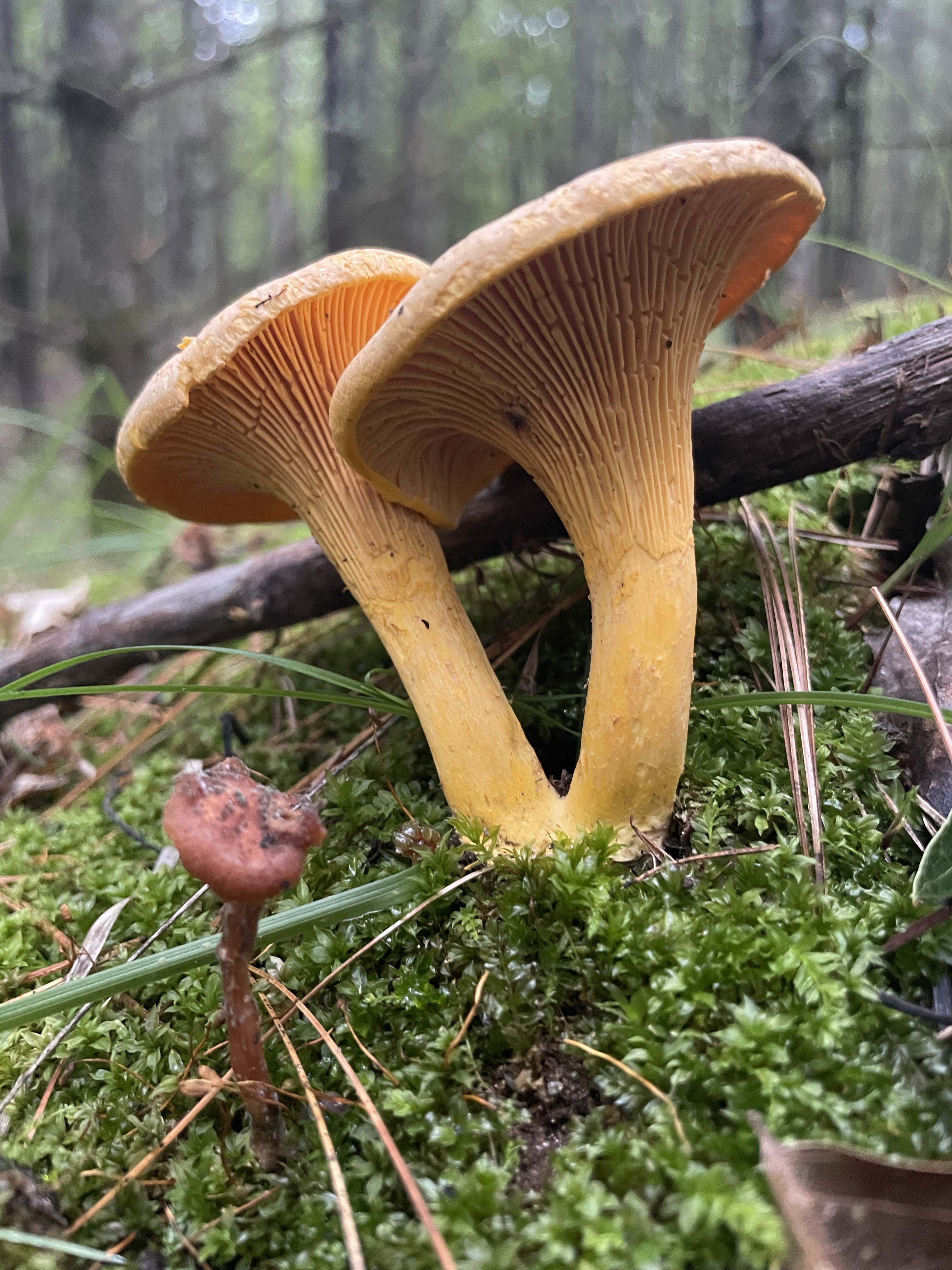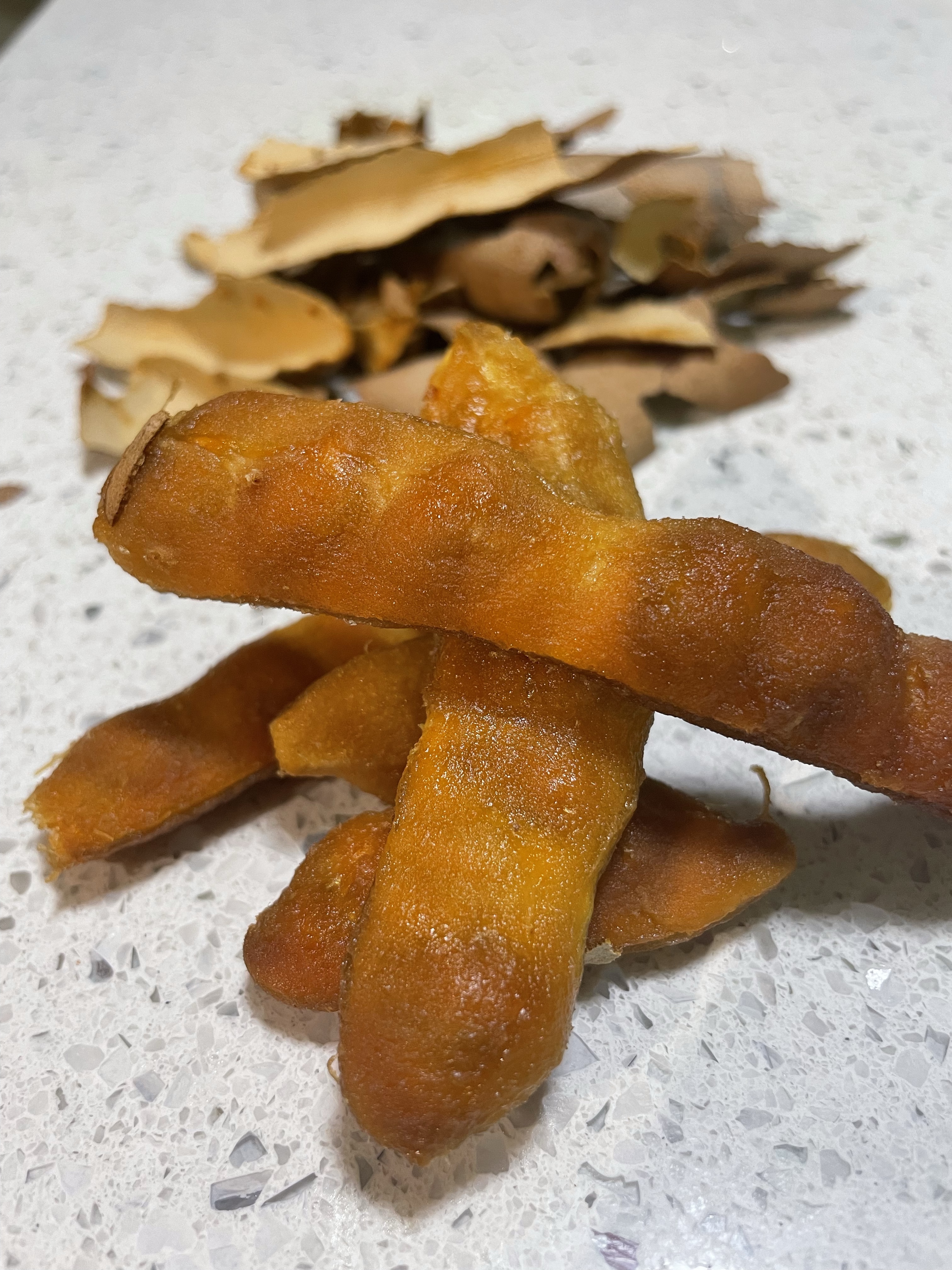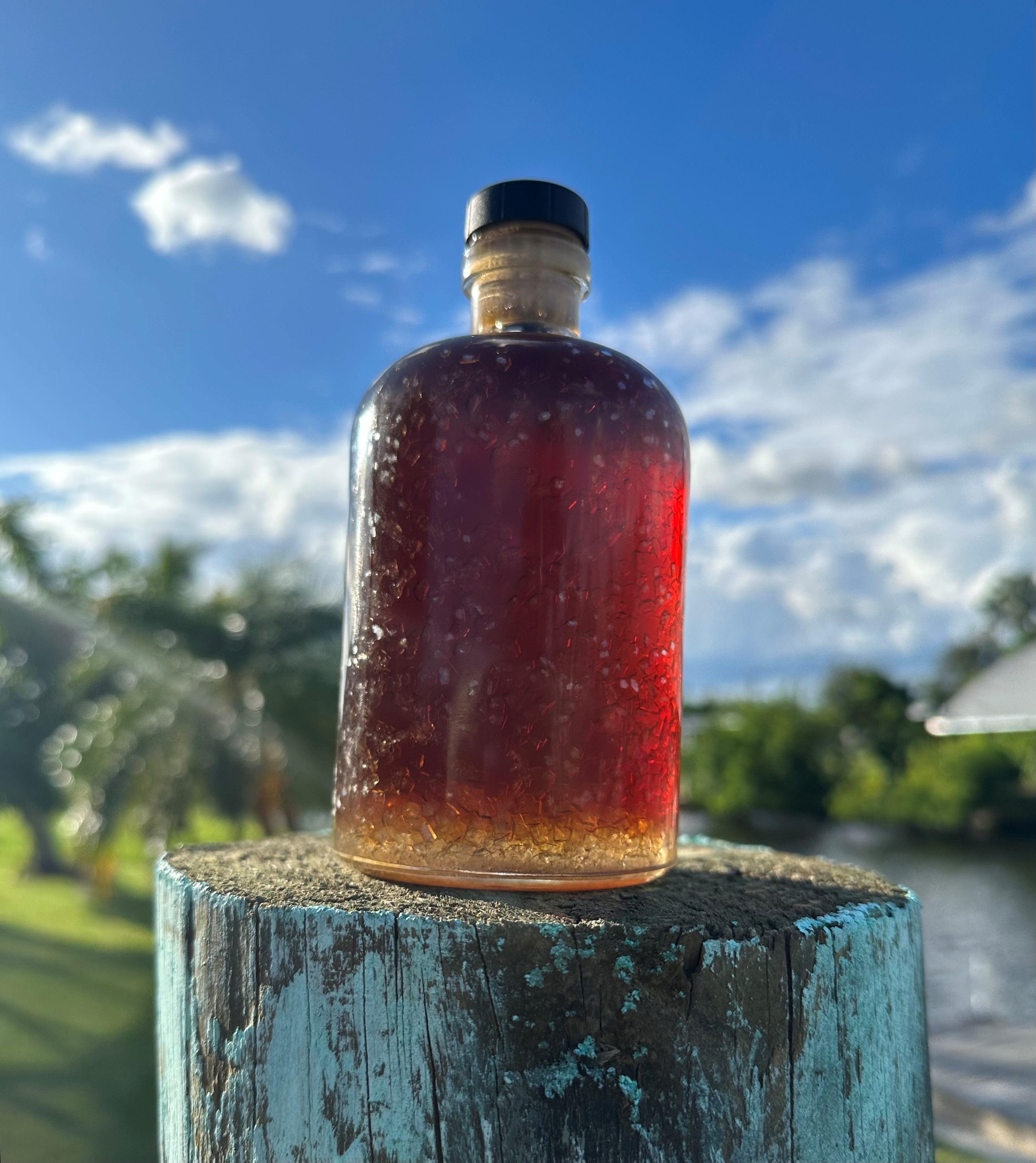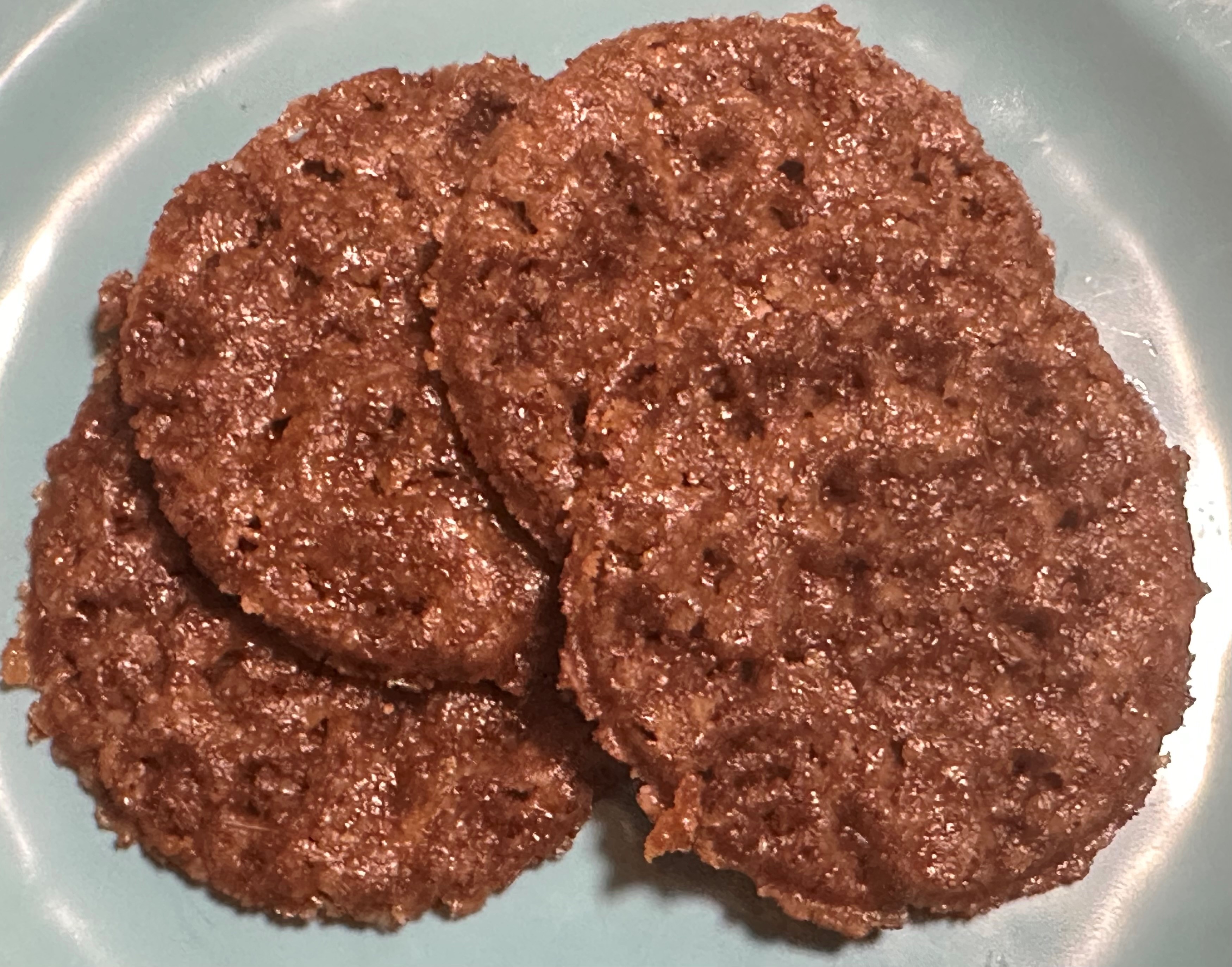September 18, 2022
It felt good to be back in Wisconsin. Our first stop was Lake Superior’s Apostle Islands and their famous sandstone sea caves.



Next we spent some time sharing the Northwoods with the local wildlife while camping with Joe’s family.

Meleagris gallopavo

Anaxyrus americanus

Odocoileus virginianus
A Minocqua highpoint was the Wildwood Wildlife Park Zoo & Safari.



Then we swung by Milwaukee to see more family and treasured old friends.

Adventures included the Bristol Renaissance Faire, the Port Washington Venetian Night Boat Parade, Kites over Lake Michigan, and Safari Lake Geneva, where we were able to feed select animals as we drove through the park in our car.





Fall Foraging for Fungus
Fall is mushroom season in Wisconsin and it had been rainy so there were mushroom caps popping up everywhere. Many were non-edible (as shown below) but beautiful nevertheless.






From left to right clockwise: Polyporus badius, Sebacina schweinitzii, Mycena leaiana, unknown species being munched on by a slug, Amanita flavoconia, Trichaptum biforme
I was thrilled to find three separate colonies of ghost pipe (Monotropa uniflora). While ghost pipe is not a fungus, it does interact with mycellium and is quite bewitching in its appearance. It is white because of the absence of chlorophyll and doesn’t photosynthesize. In lieu, ghost pipe siphons off nutrients from various fungi that have a mycorrhizal relationship with nearby trees.



We also found were several edible mushrooms; some that were new to me as an amateur mushroom hunter.

MUSHROOM FORAGING RULES
- Be 100% confident of your identification. I typically consult several field guides and online resources and make a spore print to determine species.
- Always thoroughly cook wild mushrooms. Mushroom cell walls are constructed of chitin, the same material in the exoskeletons of crustaceans, and is very difficult to digest. The cooking process softens fungal tissues making it more digestible and releasing nutrients such as protein, B vitamins, minerals and other bioactive compounds not found in other foods. Cooking mushrooms also renders some natural toxins, irritants, and allergens harmless. Paul Stamets recommends cooking edible mushrooms to “at least 140 ˚F — more preferably over 180˚F — most preferably above 200 ˚F to release their nutrients and render them digestible and safe.”
- Only eat a small amount when trying a new type of mushroom. People have varied reactions to safe, edible mushrooms so only ingest a few small bites and wait 24 hours. The most common reaction is gastrointestinal distress such abdominal pain, nausea, vomiting and diarrhea.
- Don’t mix mushrooms species in a meal if you haven’t tested your reaction yet. This makes it impossible to identify the culprit if you do have a reaction.
Cantharellus cibarius
CHANTERELLE, GIROLLE, PFIFFERLING
Today we are focusing on chanterelles, one of my favorite mushrooms. I was beyond ecstatic to find some. They have a sweet flavor that sometimes can veer towards peppery and a firm texture that holds up to cooking.
IDENTIFICATION GUIDE

Cap: Smooth, bright yellow to orange colored, medium-sized, funnel-shaped cap with wavy margins
Veins: Have stiff ridges or veins, not gills, that are forked, firmly attached and decurrent (extending well down the stem)
Stem: Same colour as or somewhat paler than the cap and merging into the cap
Flesh: When dissected, the inside is white, not orange
Odor/taste: Fruity scent akin to apricots; taste (uncooked) not distinctive
Spore print: Pale yellow to creamy white, sometimes with a slight pinkish tinge
Habitat: Hardwood and mixed forests but grow from the ground, not from dead wood
Season: June to October
RECIPE
Chanterelle Vichyssoise
I used Jean Fahey’s recipe and made no adjustments other than reducing the serving size from 8 cups to 2 cups. While this type of soup is traditionally served cold, it was delicious warm.

Chanterelle Lookalikes – Don’t Be Fooled
There are two poisonous chanterelle look-alikes to be aware of – the False Chanterelle (Hygrophoropsis aurantiaca) and the Jack-o-Lantern mushroom (Omphalotus olearius). Although not fatal, neither should be eaten. Below are key differentiation features.

Gills
- False Chanterelles have true gills, not ridges, that are forked and orange
- Jack-o-Lantern mushrooms also have gills, but are not forked
Flesh
- Jack-o-Lantern mushrooms are more orange-brown than yellow, and glow in the dark
- False Chanterelles are more orange than yellow and, when dissected, have orange-ish flesh with a slightly hollow stem
Shape
- Jack-o-Lantern mushroom caps are more convex or rounded
- False Chanterelles caps are slightly fuzzy, and young caps are also more convex while lacking the classical chanterelle conical shape
Smell
- False Chanterelles have a traditional earthy mushroom scent
Habitat
- Jack-o-Lantern mushrooms grow in large clusters with the stems attached and only on wood

If you harvest, eat or sell mushrooms you find, you are doing so at your own risk. Consuming incorrectly identified wild mushrooms can cause serious poisoning, including nausea and vomiting, and can lead to liver and kidney damage, which CAN BE FATAL.
References
Alexander, L.. (2020, August 12). Confidently foraging chanterelles. Cabin fever. https://outdooradventures.wp.tulane.edu/2020/08/12/confidently-foraging-chanterelles/
Adamant, A. (2018, July 1). Foraging chanterelle mushrooms. Practical self reliance. https://practicalselfreliance.com/chanterelle-mushrooms/
First Nature. (n.d.). Cantharellus cibarius Fr. – Chanterelle. https://www.first-nature.com/fungi/cantharellus-cibarius.php
Kuo, M. (2015, March). Cantharellus “cibarius.” MushroomExpert.Com http://www.mushroomexpert.com/cantharellus_cibarius.html
Midwest American Mycological Information. (2022). Cantharellus species. https://midwestmycology.org/cantharellus-species/
Mushroom Appreciate. (2022, August 21). Chanterelle mushrooms: Identification, foraging, and look-alikes. https://www.mushroom-appreciation.com/chanterelle-mushrooms.html#chanterelle-mushroom-lookalikes
National Audobon Society. (2021). Field guide to mushrooms. New York, NY: Chanticleer Press, Inc.






Leave a Reply